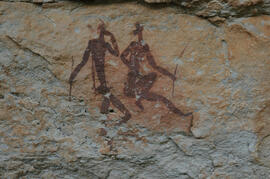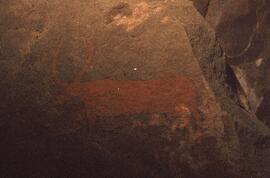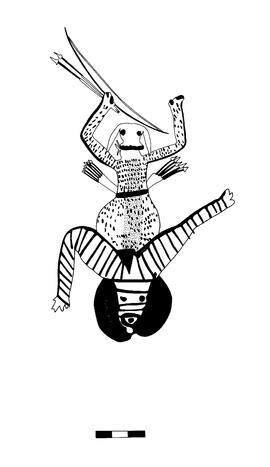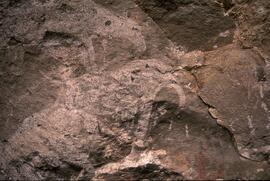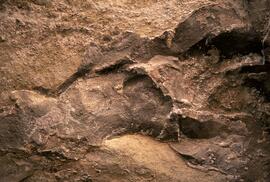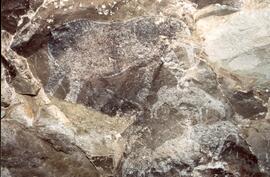UKH-UKH-RSA-SKO1-5D.jpg
·
Item
·
07/05/2010
Part of Ukhahlamba Rock Art Mapping Project
Elements area
Taxonomy
Code
Scope note(s)
Source note(s)
Display note(s)
Hierarchical terms
Kwamkhize
BT Estcourt
Kwamkhize
- NT Hartebeest Shelter I
- NT Hiltop I 7425
- NT Lost Valley I
- NT Lost Valley II
- NT Main Caves I
- NT Marshall Eagle I
- NT Marshall Eagle II
- NT Porcupine Shelter I
- NT Skopongo Ridge I
- NT Skopongo Ridge II
- NT Skopongo Ridge III
- NT Steel Shelter I
- NT Steel Shelter II
- NT Steel Shelter III
- NT Upper Ncibidwane I
- NT Upper Ncibidwane II
- NT White Elephant Shelter I
- NT Wilhelminas Rust I
- NT Willcox Shelter I
- NT Willem's Shelter II
